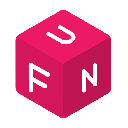-
 Bitcoin
Bitcoin $82,666.6102
-0.79% -
 Ethereum
Ethereum $1,784.7960
-1.02% -
 Tether USDt
Tether USDt $0.9996
0.02% -
 XRP
XRP $2.1257
-0.64% -
 BNB
BNB $592.3902
-0.42% -
 USDC
USDC $0.9999
0.02% -
 Solana
Solana $117.4685
-1.68% -
 Dogecoin
Dogecoin $0.1672
-1.55% -
 Cardano
Cardano $0.6486
-2.86% -
 TRON
TRON $0.2388
-0.62% -
 Chainlink
Chainlink $12.6264
-1.48% -
 UNUS SED LEO
UNUS SED LEO $8.9748
-4.45% -
 Toncoin
Toncoin $3.2369
-5.07% -
 Stellar
Stellar $0.2523
-3.16% -
 Avalanche
Avalanche $17.8476
-2.45% -
 Shiba Inu
Shiba Inu $0.0...01211
-1.64% -
 Sui
Sui $2.1892
-2.55% -
 Hedera
Hedera $0.1597
-3.77% -
 Litecoin
Litecoin $82.3531
-1.88% -
 Polkadot
Polkadot $3.9109
-4.55% -
 MANTRA
MANTRA $6.2589
-1.98% -
 Bitcoin Cash
Bitcoin Cash $297.7127
-1.02% -
 Dai
Dai $1.0001
0.04% -
 Bitget Token
Bitget Token $4.4351
-2.15% -
 Ethena USDe
Ethena USDe $0.9991
-0.03% -
 Pi
Pi $0.6450
21.59% -
 Monero
Monero $216.0365
0.55% -
 Hyperliquid
Hyperliquid $11.4792
-0.63% -
 Uniswap
Uniswap $5.8107
-0.91% -
 OKB
OKB $50.4811
4.99%
What types of blockchain nodes are there?
When selecting a blockchain node type, organizations should consider factors such as storage capacity, computational power, network bandwidth, security requirements, hardware resource access, and scalability considerations.
Feb 18, 2025 at 08:01 pm
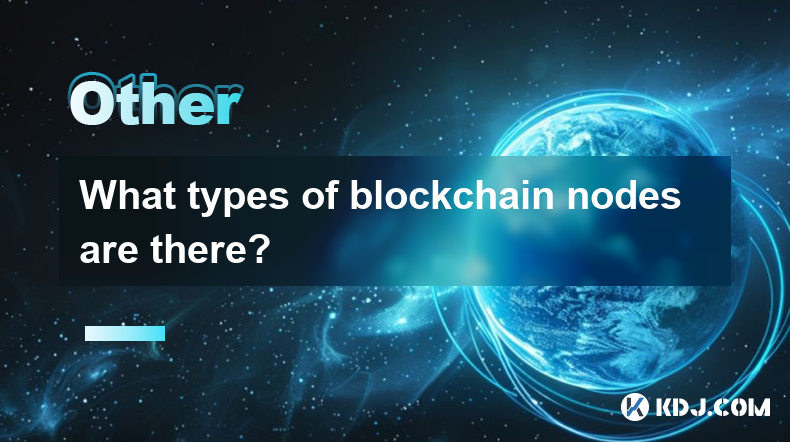
Key Points:
- Types of blockchain nodes and their functions
- Benefits and drawbacks of each node type
- Considerations for choosing the right node type
- Factors affecting the choice of node type
- Use cases for different node types
Types of Blockchain Nodes
- Full Node
- Stores a complete copy of the blockchain ledger
- Validates new transactions and blocks independently
- Participates in network consensus and block production
- Requires significant storage and computational resources
- Examples: Bitcoin Core, Ethereum Node.js, Hyperledger Fabric Peer
- Light Node
- Stores only a subset of the blockchain ledger
- Relies on full nodes to validate transactions and blocks
- Requires less storage and computational resources
- Faster synchronization time
- Examples: Bitcoin Electrum, Ethereum Mist
- Hosted Node
- Outsourced to a third-party provider
- No need for hardware or software maintenance
- Convenient and easily accessible
- Can be less secure and less reliable
- Examples: Infura, Alchemy, Polygon RPC
- Pruning Node
- Similar to full nodes but periodically removes old blockchain data
- Reduces storage requirements without compromising validation capabilities
- Suitable for devices with limited storage space
- Examples: Bitcoin Core with -prune flag, Ethereum Geth with --gcmode flag
- Archiving Node
- Stores all past and present blockchain data
- Primarily used for historical analysis and forensic investigations
- Requires enormous storage capacity
- Not required for regular network operations
- Examples: Blockchain explorers, data museums
- Sentry Node
- Monitors network activity and identifies malicious behavior
- Does not store the blockchain ledger or participate in consensus
- Provides real-time insights into network security
- Examples: CryptoWatch, Blockchair
- Indexing Node
- Indexes blockchain data for faster search and retrieval
- Allows for efficient querying and analysis of blockchain data
- Supports off-chain data storage and indexing
- Examples: The Graph, ElasticSearch
- Lightweight Indexing Node
- Similar to indexing nodes but optimized for low resource consumption
- Faster and more scalable than indexing nodes
- Suitable for use in applications where immediate search results are not required
- Examples: Loki, Trinity
Factors Affecting the Choice of Node Type
- Storage capacity
- Computational power
- Network bandwidth
- Security requirements
- Access to hardware resources
- Scalability considerations
Use Cases for Different Node Types
- Full Nodes: Enterprise wallets, payment processors, cryptocurrency exchanges
- Light Nodes: Mobile wallets, browsing blockchain data
- Hosted Nodes: Developers who need temporary or on-demand access to a blockchain
- Pruning Nodes: Devices with limited storage capacity, archival nodes
- Archiving Nodes: Research institutes, forensic analysts
- Sentry Nodes: Network security specialists, anti-fraud teams
- Indexing Nodes: Data scientists, analysts, blockchain explorers
FAQs
Q: Which node type is best for everyday use?
- A: Light nodes are ideal for most users due to their lower resource requirements and faster synchronization.
Q: How do I choose the right node type for my application?
- A: Consider the factors mentioned above, such as storage capacity, computational power, and security requirements.
Q: What are the security implications of different node types?
- A: Full nodes are more secure as they store the complete blockchain ledger independently. Hosted nodes may be less secure due to reliance on third-party providers.
Q: How do blockchain nodes contribute to the network?
- A: Nodes help maintain the integrity of the blockchain data, facilitate transaction processing, and support network consensus.
Q: What are the future trends in blockchain node technology?
- A: Expect advancements in distributed storage solutions, cloud-based node infrastructure, and improved indexing and querying capabilities.
Disclaimer:info@kdj.com
The information provided is not trading advice. kdj.com does not assume any responsibility for any investments made based on the information provided in this article. Cryptocurrencies are highly volatile and it is highly recommended that you invest with caution after thorough research!
If you believe that the content used on this website infringes your copyright, please contact us immediately (info@kdj.com) and we will delete it promptly.
- These Dogecoin Levels Stand Out In Terms Of On-Chain Resistance
- 2025-04-05 23:20:12
- Mastercard Expands Blockchain Integration with New Digital Asset Initiatives
- 2025-04-05 23:20:12
- Digital Asset Global Competition and Korea's Strategy Forum Held
- 2025-04-05 23:15:12
- BTC Bull Token (BTCBULL) Completes Its Presale Raising $4.3M From Investors
- 2025-04-05 23:15:12
- Decoding the Digital Tapestry of the BNBUSD Trading Pair
- 2025-04-05 23:10:12
- Multi-Token Attention (MTA) Enables Efficient Retrieval of Contextual Information
- 2025-04-05 23:10:12
Related knowledge
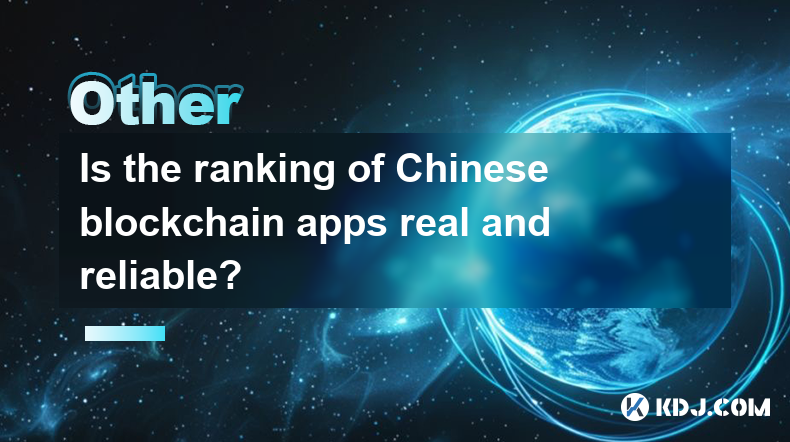
Is the ranking of Chinese blockchain apps real and reliable?
Apr 04,2025 at 09:01pm
The ranking of Chinese blockchain apps has become a topic of interest for many in the cryptocurrency community, as it provides insights into the popularity and adoption of blockchain technology within China. However, the reliability and authenticity of these rankings are often questioned. This article aims to delve into the factors that influence these ...
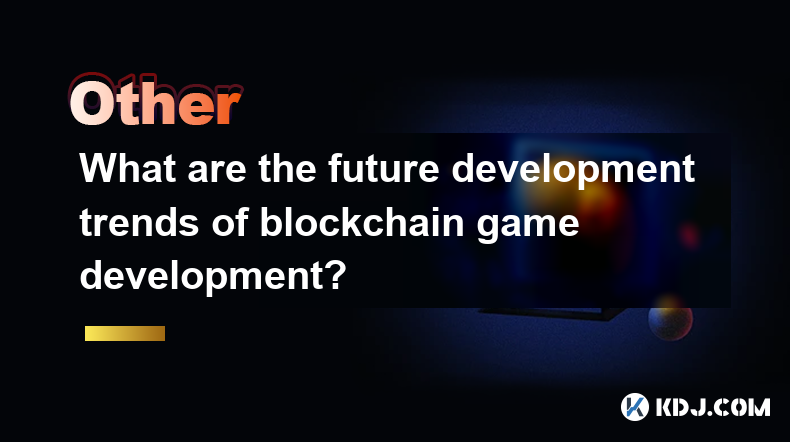
What are the future development trends of blockchain game development?
Apr 03,2025 at 05:00am
Blockchain technology has revolutionized various industries, and gaming is no exception. As we look to the future, several trends are set to shape the development of blockchain games. These trends not only promise to enhance the gaming experience but also to integrate blockchain technology more seamlessly into the gaming ecosystem. Let's explore these t...
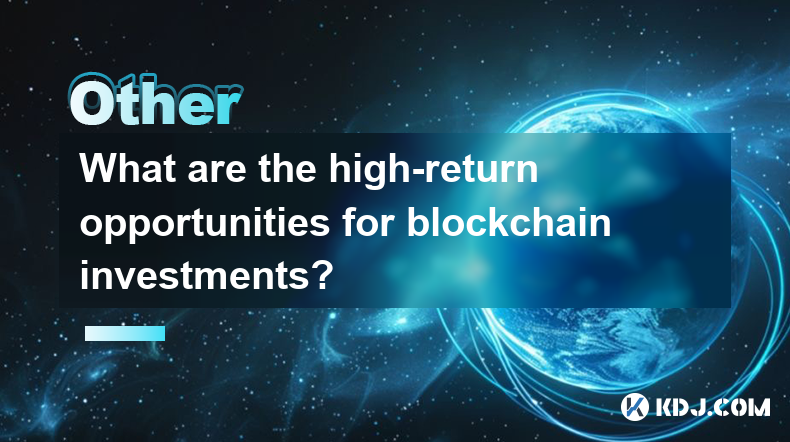
What are the high-return opportunities for blockchain investments?
Apr 05,2025 at 02:35pm
Blockchain technology has revolutionized the financial world, offering numerous high-return investment opportunities. These opportunities span various sectors within the cryptocurrency ecosystem, including cryptocurrencies, decentralized finance (DeFi), non-fungible tokens (NFTs), and blockchain startups. Each of these areas presents unique risks and re...
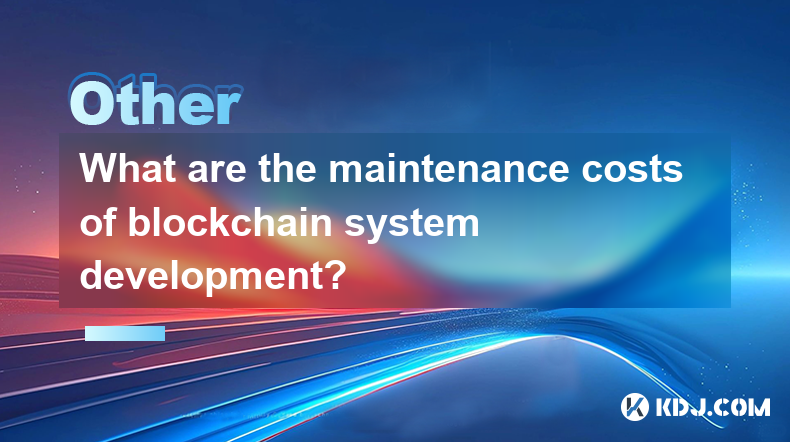
What are the maintenance costs of blockchain system development?
Apr 03,2025 at 06:07pm
The maintenance costs of blockchain system development are multifaceted and depend on various factors. These costs can include technical maintenance, security updates, infrastructure expenses, and personnel costs. Understanding these elements is crucial for anyone planning to develop or maintain a blockchain system. Technical MaintenanceTechnical mainte...
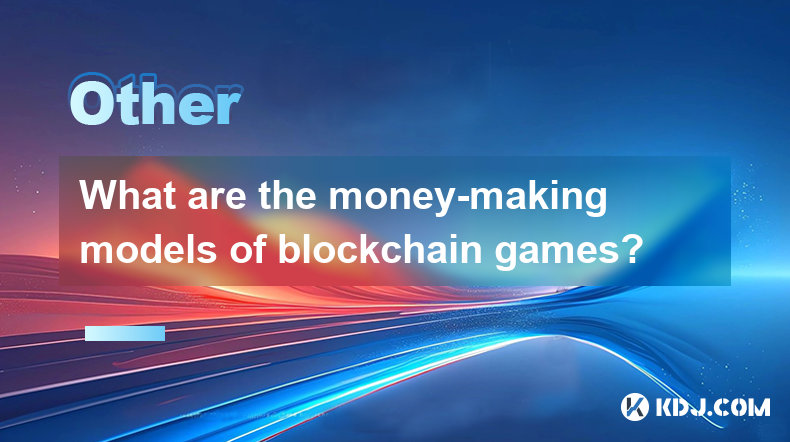
What are the money-making models of blockchain games?
Apr 04,2025 at 02:00pm
Blockchain games have emerged as a revolutionary way for players to earn real money while enjoying their favorite pastime. These games leverage the power of blockchain technology to create unique money-making models that benefit both the players and the developers. In this article, we will explore the various money-making models of blockchain games and ...
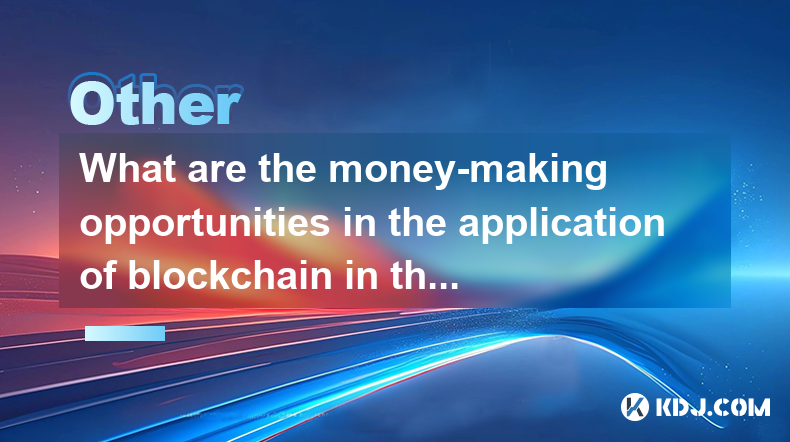
What are the money-making opportunities in the application of blockchain in the field of Internet of Things?
Apr 05,2025 at 10:35pm
The integration of blockchain technology with the Internet of Things (IoT) presents numerous money-making opportunities. Blockchain, with its decentralized and secure nature, can revolutionize how IoT devices interact, manage data, and conduct transactions. This article will explore various avenues where entrepreneurs, developers, and investors can capi...

Is the ranking of Chinese blockchain apps real and reliable?
Apr 04,2025 at 09:01pm
The ranking of Chinese blockchain apps has become a topic of interest for many in the cryptocurrency community, as it provides insights into the popularity and adoption of blockchain technology within China. However, the reliability and authenticity of these rankings are often questioned. This article aims to delve into the factors that influence these ...

What are the future development trends of blockchain game development?
Apr 03,2025 at 05:00am
Blockchain technology has revolutionized various industries, and gaming is no exception. As we look to the future, several trends are set to shape the development of blockchain games. These trends not only promise to enhance the gaming experience but also to integrate blockchain technology more seamlessly into the gaming ecosystem. Let's explore these t...

What are the high-return opportunities for blockchain investments?
Apr 05,2025 at 02:35pm
Blockchain technology has revolutionized the financial world, offering numerous high-return investment opportunities. These opportunities span various sectors within the cryptocurrency ecosystem, including cryptocurrencies, decentralized finance (DeFi), non-fungible tokens (NFTs), and blockchain startups. Each of these areas presents unique risks and re...

What are the maintenance costs of blockchain system development?
Apr 03,2025 at 06:07pm
The maintenance costs of blockchain system development are multifaceted and depend on various factors. These costs can include technical maintenance, security updates, infrastructure expenses, and personnel costs. Understanding these elements is crucial for anyone planning to develop or maintain a blockchain system. Technical MaintenanceTechnical mainte...

What are the money-making models of blockchain games?
Apr 04,2025 at 02:00pm
Blockchain games have emerged as a revolutionary way for players to earn real money while enjoying their favorite pastime. These games leverage the power of blockchain technology to create unique money-making models that benefit both the players and the developers. In this article, we will explore the various money-making models of blockchain games and ...

What are the money-making opportunities in the application of blockchain in the field of Internet of Things?
Apr 05,2025 at 10:35pm
The integration of blockchain technology with the Internet of Things (IoT) presents numerous money-making opportunities. Blockchain, with its decentralized and secure nature, can revolutionize how IoT devices interact, manage data, and conduct transactions. This article will explore various avenues where entrepreneurs, developers, and investors can capi...
See all articles














































































